Home>Storage Ideas>Kitchen Storage>How Many Lights Should There Be In A Kitchen?
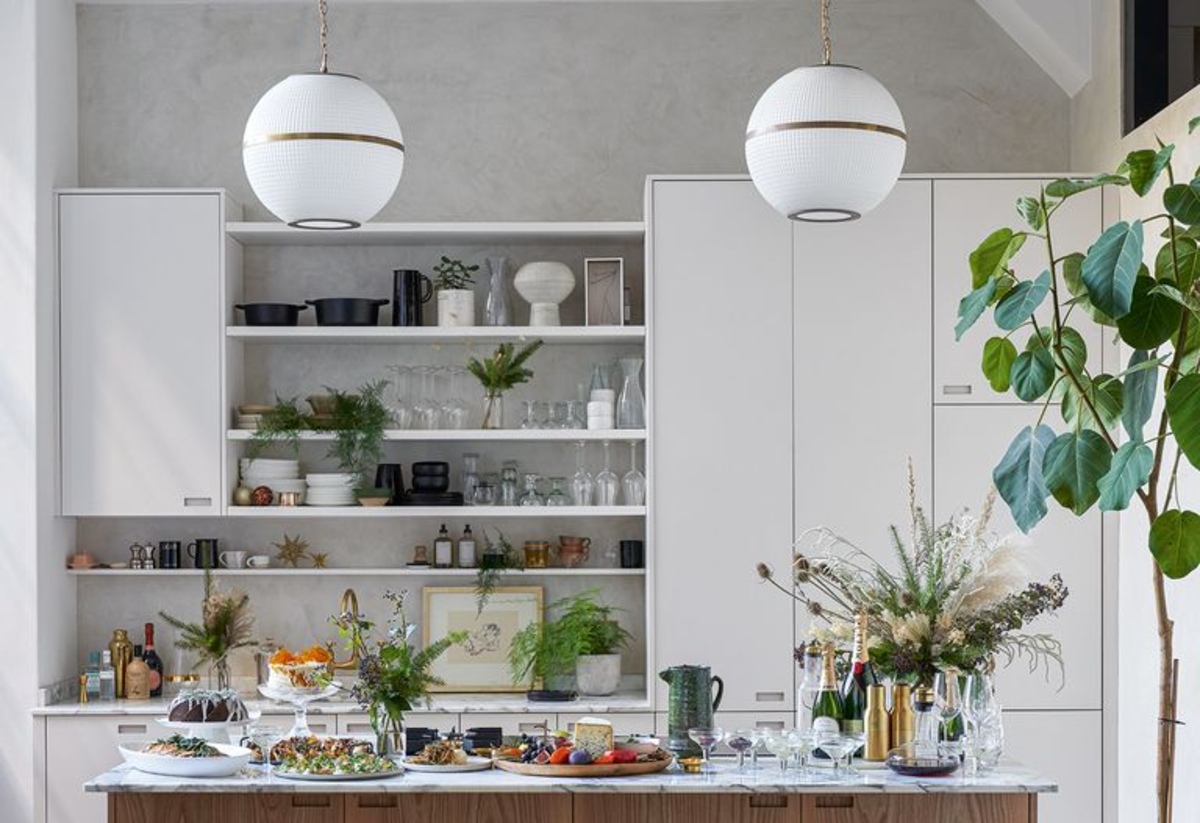

Kitchen Storage
How Many Lights Should There Be In A Kitchen?
Modified: October 18, 2024
Discover the perfect kitchen storage ideas and optimize your space. Find out how many lights you need to illuminate your kitchen effectively.
(Many of the links in this article redirect to a specific reviewed product. Your purchase of these products through affiliate links helps to generate commission for Storables.com, at no extra cost. Learn more)
Introduction
When it comes to designing a functional and aesthetically pleasing kitchen, lighting plays a crucial role. The right amount and type of lighting can enhance the ambiance, improve visibility, and make the space more enjoyable to work in. Whether you’re remodeling your kitchen or just looking to update the lighting, one question that often arises is: how many lights should there be in a kitchen?
The answer to this question isn’t as straightforward as you might think. There are several factors to consider, such as the size of the kitchen, ceiling height, and the type of lighting needed. In this article, we will explore the different types of kitchen lighting and provide some guidelines to help you determine the optimal number of lights for your kitchen.
Key Takeaways:
- Finding the right number of lights for your kitchen involves considering natural, task, ambient, and accent lighting. Strategic placement and balance between functionality and aesthetics are key to creating a visually stunning and efficient space.
- Assess the size of your kitchen, ceiling height, and specific lighting needs to determine the optimal number of lights. Consulting with a lighting professional can provide valuable insights for creating a well-lit and visually appealing kitchen.
Read more: How Many Lumens Should Outdoor Lights Be
Factors to Consider
Before determining the number of lights for your kitchen, it’s important to consider several factors that can influence the lighting needs and requirements. By taking these factors into account, you can make informed decisions that will optimize the lighting in your kitchen. Here are the key factors to consider:
Natural Lighting
The amount of natural light in your kitchen will impact the number of artificial lights needed. If your kitchen has large windows or skylights that let in plenty of natural light, you may require fewer artificial lights during the day. However, it’s important to consider that natural light changes throughout the day and may not be sufficient during evening and nighttime hours.
Task Lighting
Task lighting is essential for providing focused and concentrated light for specific activities in the kitchen. Consider the different areas where task lighting is required, such as the countertops, stove, sink, and kitchen island. Proper task lighting can make food preparation, cooking, and cleaning more convenient and safe.
Ambient Lighting
Ambient lighting refers to the overall lighting of the space. It creates a general illumination that sets the mood and provides a comfortable level of brightness. Ambient lighting can be achieved through recessed lights, pendant lights, or ceiling-mounted fixtures.
Accent Lighting
Accent lighting is used to highlight specific features or objects in the kitchen, such as artwork, open shelving, or architectural elements. It adds visual interest and can create a focal point in the space. Accent lighting can be achieved through spotlights, track lighting, or under-cabinet lighting.
By considering these factors, you can determine the different types of lighting required in your kitchen. The next step is to determine how many lights should be installed based on the size of your kitchen, ceiling height, and the specific placement of lights.
Natural Lighting
When it comes to kitchen lighting, natural light is a valuable asset. It not only enhances the visual appeal of the space but also provides several health and energy-saving benefits. Before determining the number of artificial lights needed in your kitchen, it’s important to assess the amount of natural light available.
If your kitchen has large windows or skylights, it’s likely to receive ample natural light during the day. This natural light can create a bright and airy atmosphere, making the kitchen feel more spacious and inviting. It also helps to save on electricity bills by reducing the need for artificial lighting during daylight hours.
However, it’s important to consider that the availability of natural light can vary throughout the day and across seasons. The position of your kitchen in relation to the sun, the size of the windows, and any shading factors (such as trees or neighboring buildings) can affect the amount of natural light that enters the space.
For kitchens that lack natural light or receive limited sunlight, it may be necessary to supplement with additional artificial lighting. This ensures that the kitchen remains well-lit and functional, especially during evening and nighttime hours.
One way to optimize natural lighting in the kitchen is to strategically plan the layout and design. Consider positioning the sink, countertops, and workstations near windows to take advantage of the available natural light. This not only provides better visibility but also creates an enjoyable and pleasant cooking experience.
In cases where privacy or architectural constraints limit the use of large windows, you can explore alternative options to maximize natural light. This may include using glass cabinet doors, mirrors, or light-colored paint on the walls to reflect and amplify the natural light that enters the kitchen.
In summary, natural lighting is an important factor to consider when determining the number of lights needed in your kitchen. Assess the amount and quality of natural light available and supplement with artificial lighting as necessary to create a well-lit and visually appealing space.
Task Lighting
Task lighting is a crucial aspect of kitchen lighting design. It provides focused and concentrated illumination in specific areas where tasks such as food preparation, cooking, and cleaning are performed. Proper task lighting not only enhances visibility but also improves safety and efficiency in the kitchen.
When determining the number of task lights needed in your kitchen, consider the different areas that require focused lighting. Common areas that benefit from task lighting include the countertops, stove, sink, and kitchen island.
Countertop lighting: Installing under-cabinet lights or strip lights along the underside of overhead cabinets is an effective way to illuminate the countertop work area. These lights eliminate shadows and provide direct light where it is needed most, making it easier to chop ingredients, read recipes, and perform other food preparation tasks.
Stove lighting: Task lighting above the stove area is essential for safe and efficient cooking. This can be achieved with a range hood that has built-in lighting or by installing pendant lights or recessed lights directly above the stove. Ensure that the lighting is bright enough to clearly see the cooking surface and controls.
Sink lighting: Proper lighting around the sink area is essential for performing tasks such as washing dishes, rinsing vegetables, and cleaning. Consider installing a pendant light or a recessed light directly above the sink to provide focused lighting in this area.
Kitchen island lighting: If you have a kitchen island that serves as a workspace or a dining area, it’s important to provide adequate task lighting. Pendant lights or a combination of pendant lights and recessed lights can be installed directly above the island to illuminate the surface and create a visually appealing focal point.
The number of task lights required depends on the size and layout of your kitchen. In general, it’s recommended to have task lighting evenly distributed throughout the kitchen to avoid any areas with inadequate illumination. Additionally, consider the brightness and color temperature of the light bulbs to ensure they provide the right amount and quality of light for the tasks at hand.
By strategically placing task lights in key areas of your kitchen, you can optimize visibility and functionality. Remember to choose fixtures that complement your kitchen design and provide the right type of illumination for each specific task.
Ambient Lighting
Ambient lighting, also known as general lighting, is an essential component of kitchen lighting design. This type of lighting provides overall illumination to the space, creating a comfortable and inviting atmosphere. It helps to fill in the gaps between task lighting and accent lighting, ensuring that the entire kitchen area is well-lit.
When considering the number of ambient lights needed in your kitchen, it’s important to take into account the size of the space and the overall lighting requirements. Here are some options for achieving ambient lighting:
Recessed lights: Recessed lights are a popular choice for ambient lighting in kitchens. These lights are installed into the ceiling and provide a soft and even distribution of light throughout the space. The number of recessed lights needed depends on the size of the kitchen and the desired level of brightness. As a general guideline, spacing the recessed lights approximately 4 to 6 feet apart can help ensure adequate coverage.
Pendant lights: Pendant lights are another excellent option for ambient lighting in the kitchen. These fixtures hang from the ceiling and can be used to create a focal point while providing ambient illumination. The number of pendant lights needed depends on the size of the kitchen and the desired visual impact. For smaller kitchens, one or two pendant lights may be sufficient, while larger kitchens may require multiple pendants for optimal lighting distribution.
Ceiling-mounted fixtures: Ceiling-mounted fixtures, such as flush mount or semi-flush mount lights, can also provide ambient lighting in the kitchen. These fixtures are installed directly onto the ceiling, providing a more traditional and decorative lighting option. The number of ceiling-mounted fixtures needed depends on the size of the kitchen and the desired brightness. Consider the wattage and light output of the fixtures to ensure they provide adequate illumination for the space.
When determining the number of ambient lights, it’s important to strike a balance between functionality and aesthetics. While ensuring proper illumination, you also want to create a visually pleasing atmosphere in your kitchen. Consider the style and design of your kitchen, as well as any other lighting elements that are present, such as natural light or accent lighting.
By strategically placing ambient lights in your kitchen, you can create a warm and inviting atmosphere while ensuring that the entire space is well-lit. Experiment with different lighting configurations to find the perfect balance between functionality and ambiance.
Read more: How Many Lumens For A Ceiling Light
Accent Lighting
Accent lighting is a powerful tool in kitchen lighting design, allowing you to highlight specific features or objects and adding visual interest to the space. It creates depth, dimension, and a focal point in the kitchen. When incorporating accent lighting into your kitchen, it’s important to consider the number and placement of accent lights for optimal effect.
Here are some popular options for accent lighting in the kitchen:
Spotlights: Spotlights are a versatile choice for accent lighting. They can be used to highlight artwork, architectural details, or decorative elements in the kitchen. Consider placing spotlights above kitchen cabinets to illuminate any artwork or decorative items displayed on top. Adjustable spotlights can also be used to draw attention to specific areas, such as a feature wall or a collection of cookbooks.
Track lighting: Track lighting consists of multiple adjustable fixtures mounted on a track. This allows you to easily direct the light to specific areas or objects in the kitchen. Track lighting is commonly used to highlight open shelving, a kitchen island, or a display of glassware. By positioning the track and fixtures strategically, you can create a dramatic and visually appealing effect.
Under-cabinet lighting: Under-cabinet lighting not only provides task lighting but also serves as accent lighting. It can be used to showcase backsplash tiles or to create a soft glow on the countertop. Consider installing LED strip lights or puck lights underneath the upper cabinets to add a touch of ambiance to your kitchen.
Using accent lighting sparingly is key to achieving the desired effect. Carefully consider the elements you wish to highlight or draw attention to in your kitchen. Too many accent lights can create a cluttered or distracting appearance.
The number of accent lights needed depends on the size of your kitchen and the specific elements you want to highlight. It’s recommended to use accent lighting as a complement to other types of lighting. By strategically placing a few accent lights, you can create a visually captivating and inviting atmosphere in your kitchen.
Experiment with different types of accent lights and consider the overall design and style of your kitchen. Remember that the purpose of accent lighting is to add visual interest and create focal points, so take the time to plan and position the lights for maximum impact.
Determining the Number of Lights
Now that we have explored the different types of kitchen lighting – natural lighting, task lighting, ambient lighting, and accent lighting – it’s time to determine the number of lights needed in your kitchen. The number of lights required will depend on several factors, including the size of your kitchen, ceiling height, and the specific placement of lights.
Size of the Kitchen
The size of your kitchen is an important consideration when determining the number of lights. A larger kitchen will generally require more lights to ensure adequate illumination throughout the space. Conversely, a smaller kitchen may need fewer lights. Consider the layout of your kitchen and the areas that need to be well-lit, such as the countertops, stove, sink, and dining area.
Ceiling Height
The height of your kitchen ceiling can also impact the number of lights needed. Higher ceilings may require more powerful lights or additional fixtures to ensure sufficient brightness. Conversely, lower ceilings may benefit from recessed lights or lower-profile fixtures that don’t hang too low. Take into account the ceiling height to determine the appropriate type and number of lights for optimal lighting distribution.
Read more: How Many Watts In A Light Bulb
Placement of Lights
Another important factor to consider is the placement of lights in your kitchen. You want to ensure that the lights are strategically positioned to provide adequate illumination for specific tasks and to create an overall well-lit space. Consider the locations where task lighting is required, such as above the countertops, stove, and sink. Additionally, think about the placement of ambient lighting fixtures to evenly distribute light throughout the kitchen area. Proper placement of lights will enhance functionality and ambiance.
It’s important to strike a balance between too few lights, which can result in inadequate illumination, and too many lights, which can create a cluttered or overwhelming appearance. It’s recommended to consult with a lighting professional or an experienced electrician who can assess your kitchen layout and provide recommendations on the number and placement of lights based on your specific needs and preferences.
By considering the size of your kitchen, the ceiling height, and the placement of lights, you can determine the optimal number of lights for your kitchen. Remember to also consider the functionality, style, and overall design of your kitchen to create a well-lit and visually appealing space that meets your lighting needs.
Size of the Kitchen
When determining the number of lights needed in your kitchen, one of the key factors to consider is the size of the space. The size of your kitchen will play a significant role in the overall lighting requirements and the number of lights needed to ensure proper illumination. Let’s explore how the size of the kitchen impacts the lighting design.
In a larger kitchen, it’s important to have sufficient lighting to cover the entire space. A single light fixture may not be enough to provide adequate illumination and could result in shadows or dark corners. To ensure even lighting throughout, multiple light fixtures might be required. Consider adopting a layered lighting approach, combining different types of lighting to cover different areas and create a well-balanced lighting scheme.
For larger kitchens, recessed lighting is a popular choice as it can provide widespread and evenly distributed light. By spacing the recessed lights appropriately and considering the recommended wattage for each fixture, you can achieve proper lighting coverage. Additionally, pendant lights or a chandelier can be added to provide both functional and decorative lighting elements over a kitchen island or dining area.
In contrast, smaller kitchens may require fewer lights as the space is more compact. However, it’s still important to ensure proper lighting for specific areas. Focus on task lighting in key areas such as the countertops, stove, and sink. Installing under-cabinet lights or track lighting can provide targeted illumination for these workspaces without overwhelming the small area.
Another consideration for kitchen size is the ceiling height. If you have low ceilings, you may need to choose lighting fixtures that are more flush or surface-mounted to avoid them hanging too low and creating a cramped feeling. On the other hand, if you have high ceilings, you may consider installing pendant lights or chandeliers to make use of the vertical space and add visual interest.
Ultimately, the size of your kitchen will determine the number of lights required to achieve the desired level of illumination. It’s important to strike a balance between functionality and aesthetics, ensuring that the lighting design enhances both the usability and the overall ambiance of the space.
Consulting with a lighting professional or an experienced electrician can be helpful in determining the appropriate number of lights for your kitchen size. They can assess your kitchen layout, take into account your specific lighting needs, and provide recommendations to achieve the best lighting solution.
By considering the size of your kitchen and the specific lighting requirements, you can create a well-lit and visually appealing space that meets your needs and enhances your overall kitchen experience.
Ceiling Height
When it comes to kitchen lighting, the ceiling height is an important factor to consider. The height of your kitchen ceiling can impact the type of lighting fixtures that can be installed and the overall lighting design. Let’s explore how ceiling height influences the number of lights needed in your kitchen.
High Ceilings: If your kitchen has high ceilings, it’s important to choose lighting fixtures that can adequately illuminate the space without appearing out of proportion. Higher ceilings provide more vertical space to work with, allowing for the installation of larger or more dramatic lighting fixtures. Pendant lights or chandeliers can be great options for high ceilings, adding both functional and decorative elements to the space. Consider the scale and proportionality of the fixtures and ensure that they are hung at an appropriate distance from the surface below to provide sufficient light coverage.
Low Ceilings: In kitchens with low ceilings, it’s important to choose lighting fixtures that do not hang too low, creating a sense of crowdedness. Flush mount or semi-flush mount fixtures are often used in kitchens with low ceilings, as they sit close to the ceiling and provide a streamlined appearance. Recessed lighting is another excellent choice for low ceilings, as it can be installed directly into the ceiling, ensuring that it doesn’t interfere with the headspace in the kitchen. Consider the overall height and clearance of the fixtures to avoid any obstructions or discomfort when moving around the kitchen.
Regardless of the ceiling height, it’s important to ensure that the lighting fixtures provide adequate illumination for the entire kitchen space. In larger kitchens with high ceilings, multiple light fixtures may be required to evenly distribute light and prevent any dark or shadowy areas. In smaller kitchens with low ceilings, a well-placed central fixture, complemented by under-cabinet or recessed lighting, can help maximize illumination.
Additionally, consider the type of lighting used in relation to the ceiling height. For example, recessed lighting can be effective in kitchens with low ceilings since they provide a flush-mounted appearance. In kitchens with higher ceilings, pendant lights or chandeliers can help create a sense of elegance and fill the vertical space. Choosing the right type of lighting fixtures and ensuring proper placement will contribute to the overall functionality and aesthetics of your kitchen.
When determining the number of lights needed based on ceiling height, it’s essential to strike a balance between providing adequate illumination and maintaining a visually appealing space. Consulting with a lighting professional or an experienced electrician can be beneficial in determining the optimal number and placement of lights for your kitchen based on the specific ceiling height.
By considering the ceiling height and selecting the appropriate lighting fixtures, you can create a well-lit and visually appealing kitchen that suits your needs and personal style.
The general rule of thumb is to have 1 light for every 4-6 square feet of kitchen space. This ensures even lighting and minimizes shadows while working. Consider task lighting for specific areas like the sink, stove, and countertops.
Placement of Lights
The placement of lights in your kitchen plays a crucial role in achieving effective and functional lighting. Strategic placement ensures that the entire space is well-illuminated and that specific areas receive adequate light for their intended purposes. Let’s explore the key considerations for the placement of lights in your kitchen.
Task Lighting Placement: Task lighting is essential for providing focused illumination in specific areas where activities such as food preparation, cooking, and cleaning take place. When it comes to task lighting, the placement should be directly above the relevant work areas. Install under-cabinet lights or strip lights underneath overhead cabinets to provide sufficient and shadow-free light on the countertops. Place pendant lights or recessed lights directly above the stove, sink, and kitchen island, ensuring optimal visibility and functionality in these areas.
Ambient Lighting Placement: Ambient lighting serves as the overall illumination in the kitchen, providing a comfortable and inviting ambiance. When placing ambient lights, it’s important to achieve even lighting throughout the space. Recessed lights are commonly used for ambient lighting, and their placement should be evenly spaced to ensure uniform brightness. Consider the size of the kitchen and the specific lighting requirements to determine the appropriate number of recessed lights and their placement. If using pendant lights or ceiling-mounted fixtures for ambient lighting, position them in a way that evenly distributes light throughout the room.
Accent Lighting Placement: Accent lighting is used to highlight specific features or objects in the kitchen, adding visual interest and creating focal points. To effectively place accent lights, consider the elements you want to highlight. Use spotlights or track lighting to highlight artwork, open shelving, or architectural details. Position the lights at an angle to achieve the desired effect. Under-cabinet lighting can also serve as accent lighting, drawing attention to backsplash tiles or creating a soft glow on the countertop.
It’s important to strike a balance between the different types of lighting and their placement. Each type of lighting serves a specific purpose and contributes to the overall functionality and ambiance of the kitchen. Layering the lighting by incorporating task, ambient, and accent lighting is key to achieving a well-balanced and visually appealing result.
Consider the layout and design of your kitchen when determining the placement of lights. Take into account the position of the countertops, appliances, and other key areas. Ensure that there are no areas in shadow or underlit by adjusting the placement and angle of the lights as needed.
When planning the placement of lights, it’s always beneficial to consult with a lighting professional or an experienced electrician. They can provide expert advice and recommendations based on your specific kitchen layout and lighting goals. Their expertise will help you avoid any potential issues and ensure that the lights are positioned optimally for the best lighting results.
By carefully considering the placement of lights and maximizing their efficiency, you can create a well-lit and visually appealing kitchen that meets both your functional and aesthetic needs.
Read more: How Many Watts For A Ceiling Light
Conclusion
When it comes to kitchen lighting, finding the optimal number of lights is a crucial part of creating a functional and visually appealing space. By considering various factors such as natural lighting, task lighting, ambient lighting, accent lighting, the size of the kitchen, ceiling height, and the strategic placement of lights, you can create the perfect lighting design for your kitchen.
Assess the amount of natural light in your kitchen and determine if additional artificial lighting is needed to supplement it during darker hours. Task lighting should be placed in key areas such as countertops, stove, sink, and kitchen island to ensure proper visibility for specific tasks. Ambient lighting helps to create an overall pleasant atmosphere by providing uniform illumination throughout the space, while accent lighting adds depth and highlights specific features or objects.
The size of your kitchen will influence the number of lights required, with larger kitchens typically needing more lights for comprehensive coverage. Consider the ceiling height and select lighting fixtures that suit the space without appearing too overpowering or cramped. Strategic placement of lights is crucial, ensuring that each type of lighting serves its intended purpose and contributes to an efficient and aesthetically pleasing kitchen environment.
Consulting with a lighting professional or an experienced electrician is highly recommended, as they can provide valuable insights and expertise specific to your kitchen layout and lighting goals. They can help determine the optimal number of lights and guide you in selecting the right fixtures for your kitchen’s unique needs.
In conclusion, finding the right number of lights for your kitchen involves careful consideration of various factors and an understanding of how they interact with each other. By planning and implementing a well-thought-out lighting design, you can create a kitchen that is not only well-lit and functional but also visually stunning.
Take the time to explore different lighting options, experiment with placements, and find the perfect balance between functionality and aesthetics. With the right lighting design, your kitchen will become a welcoming and efficient space that showcases both style and practicality.
Frequently Asked Questions about How Many Lights Should There Be In A Kitchen?
Was this page helpful?
At Storables.com, we guarantee accurate and reliable information. Our content, validated by Expert Board Contributors, is crafted following stringent Editorial Policies. We're committed to providing you with well-researched, expert-backed insights for all your informational needs.
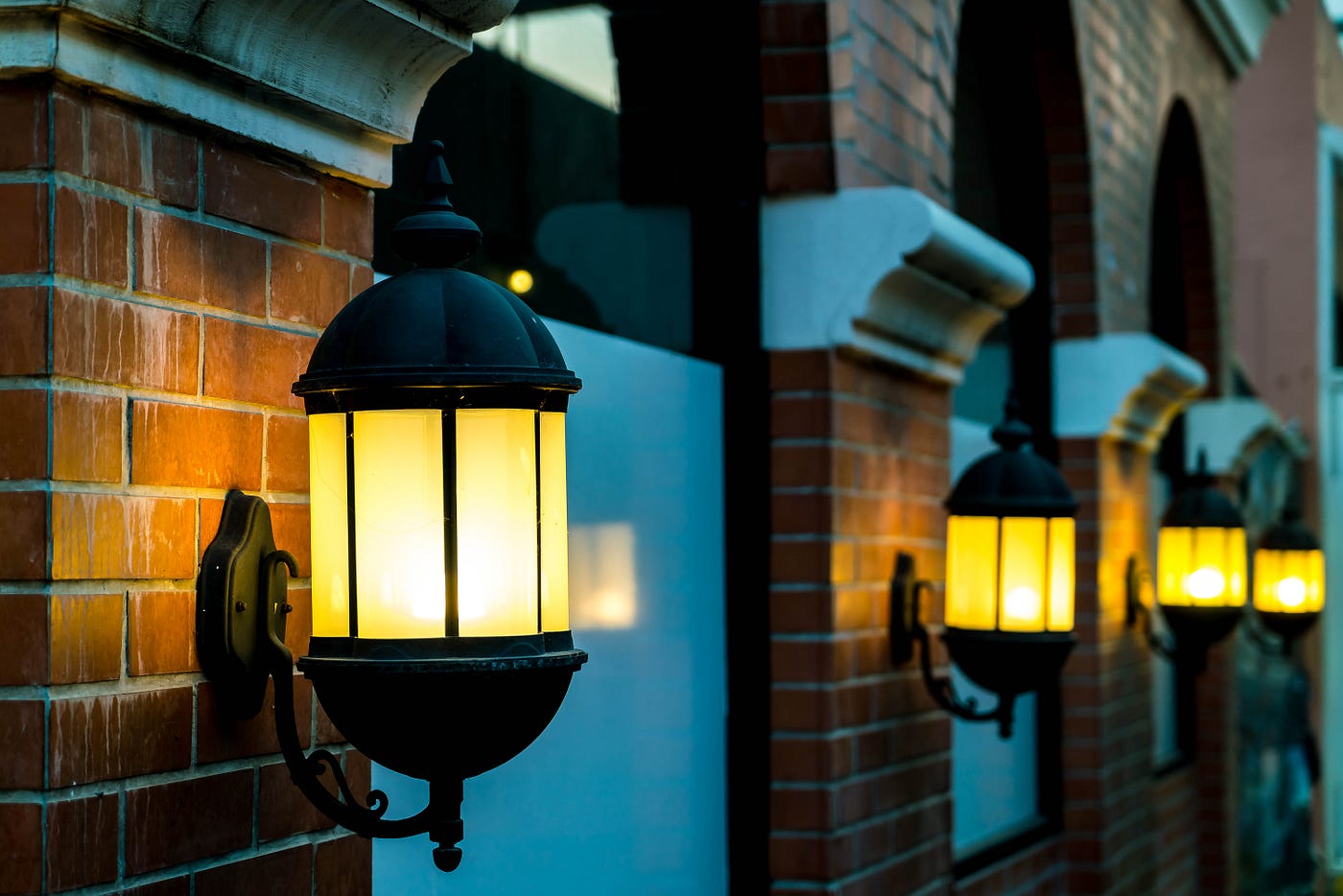
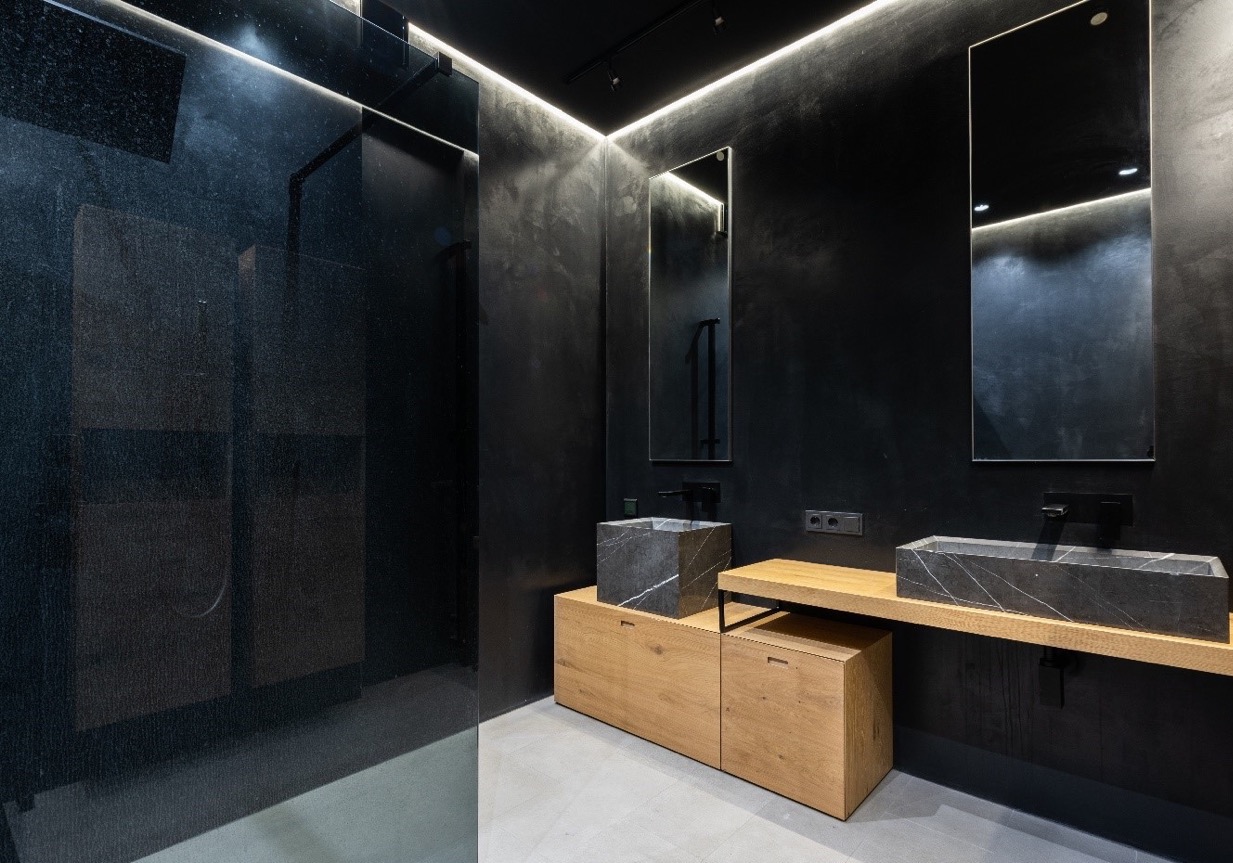
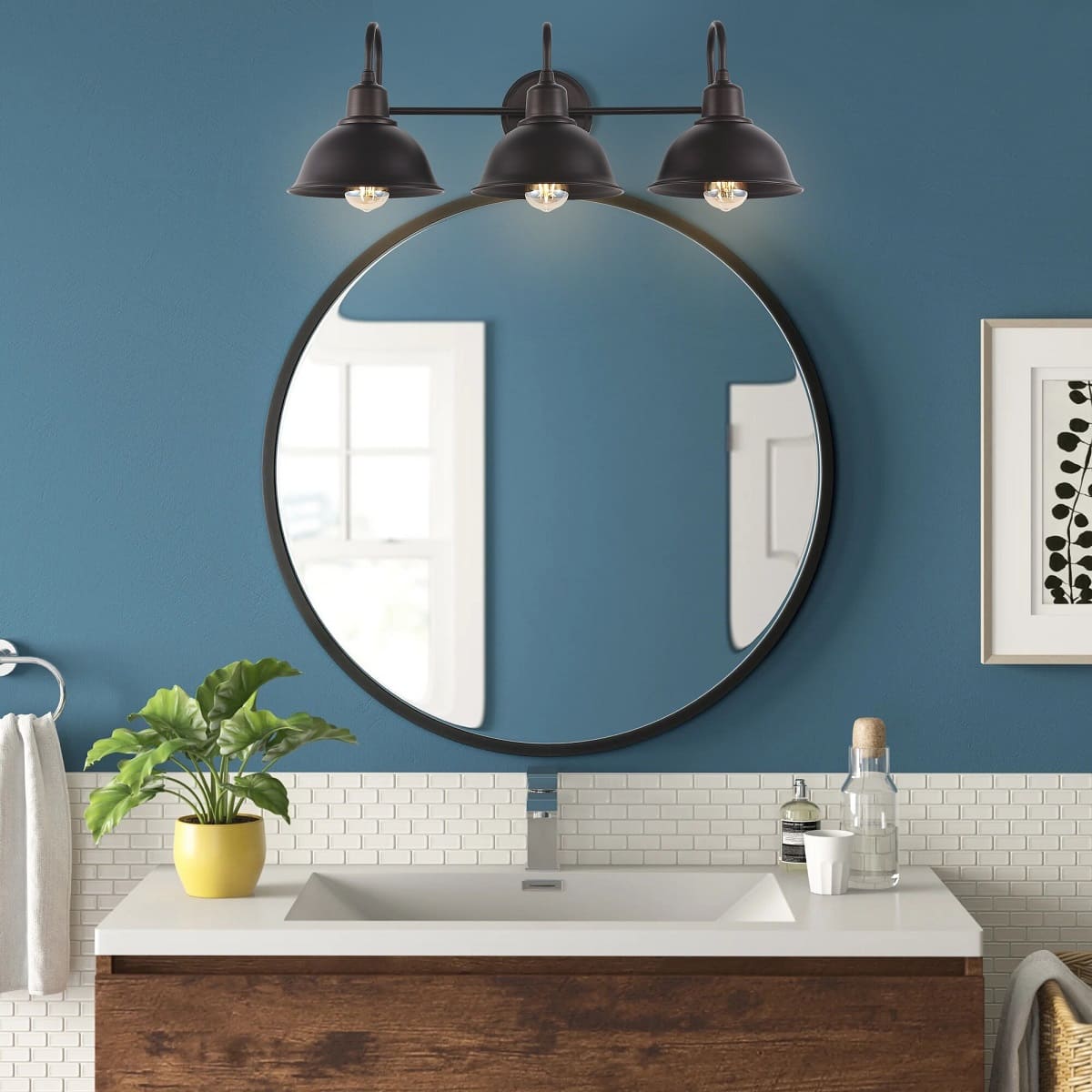

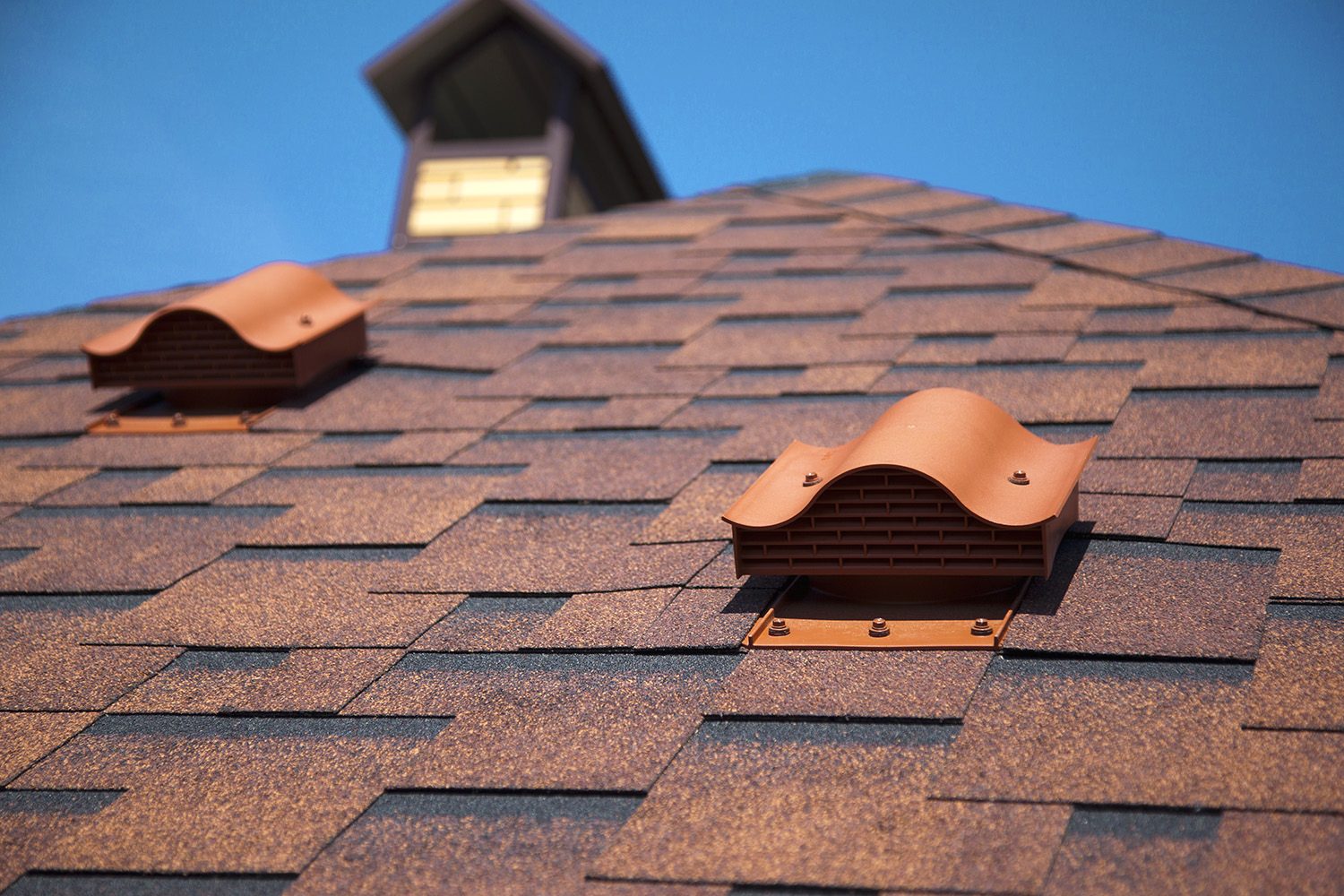
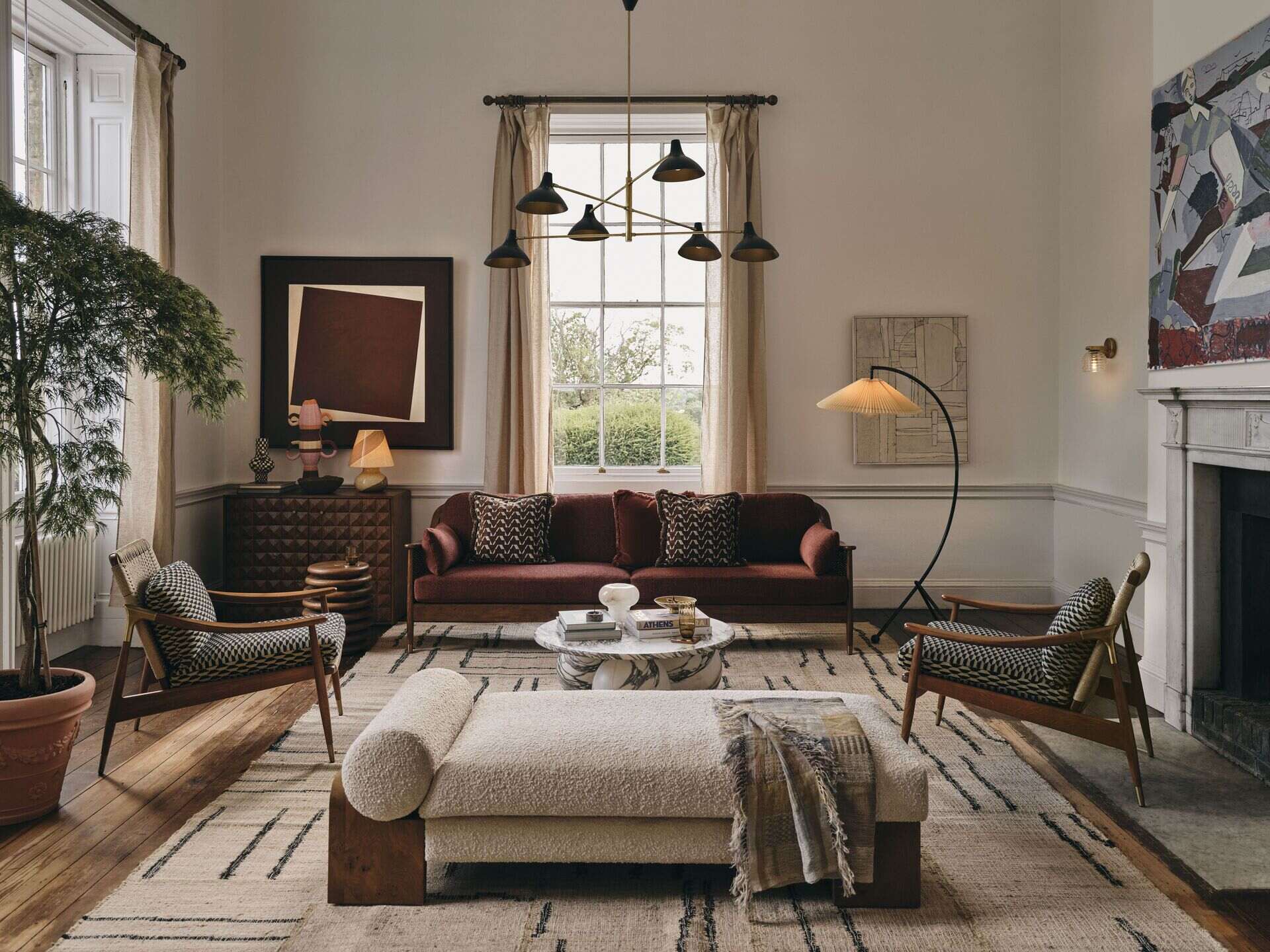
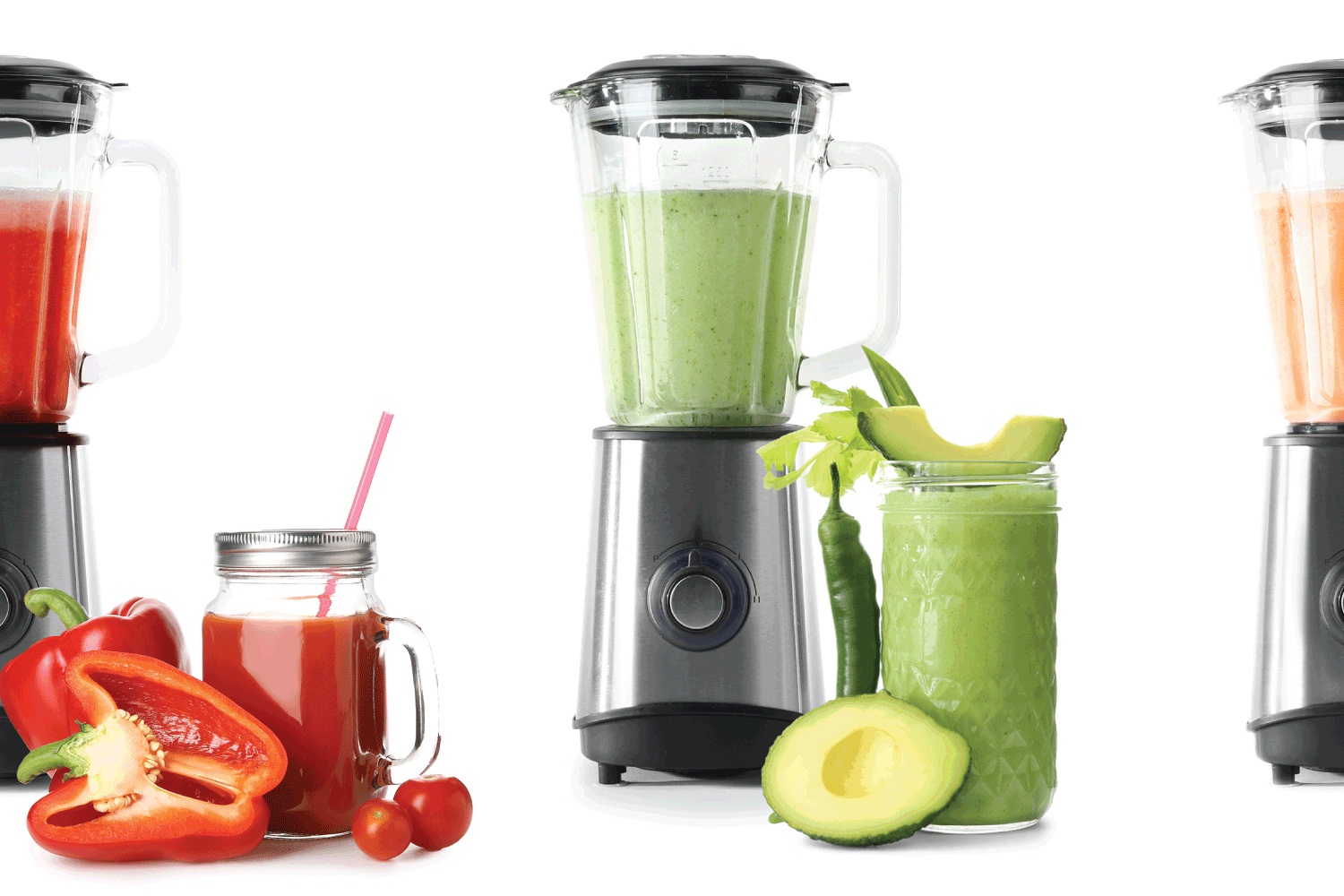
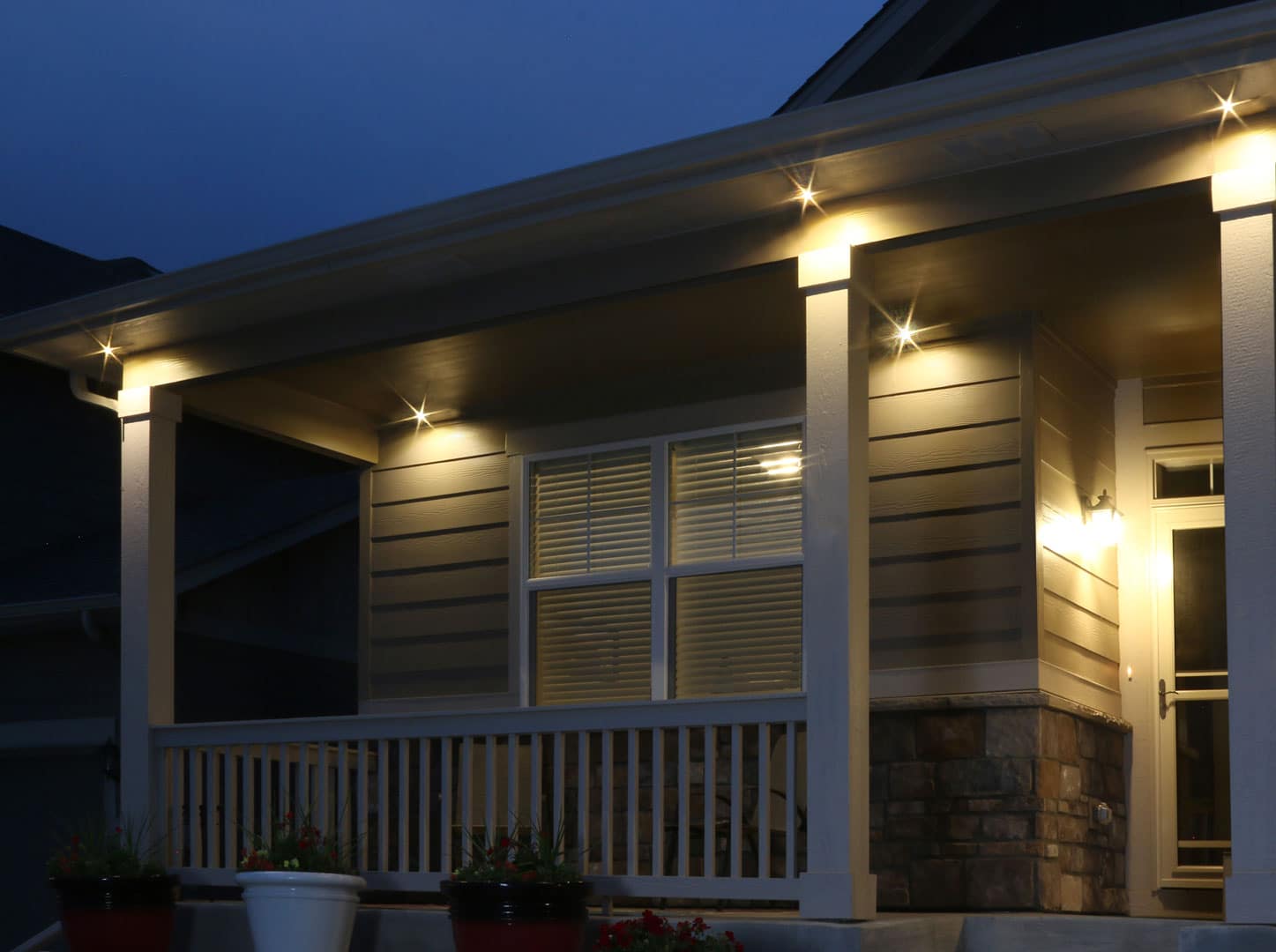
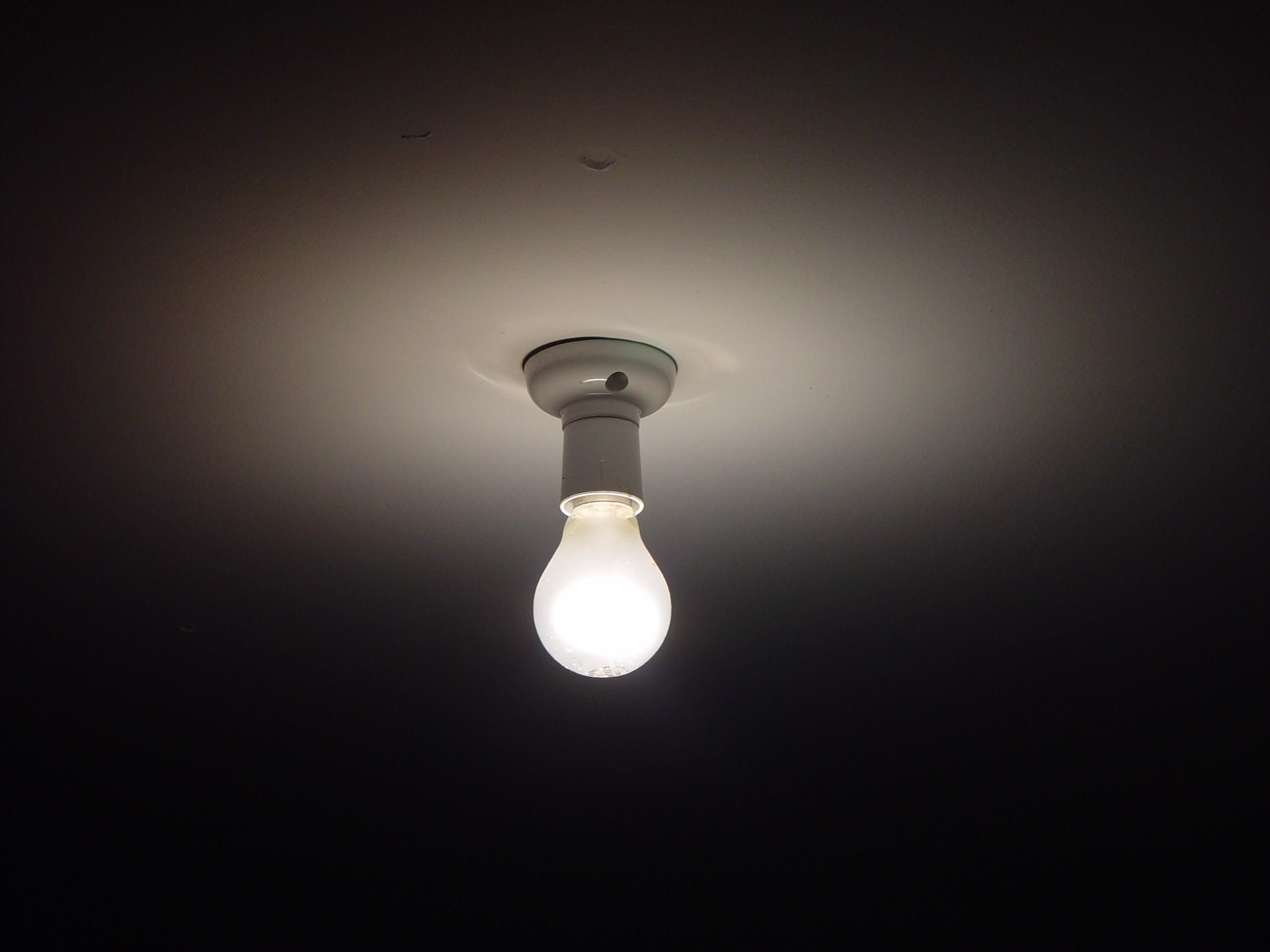
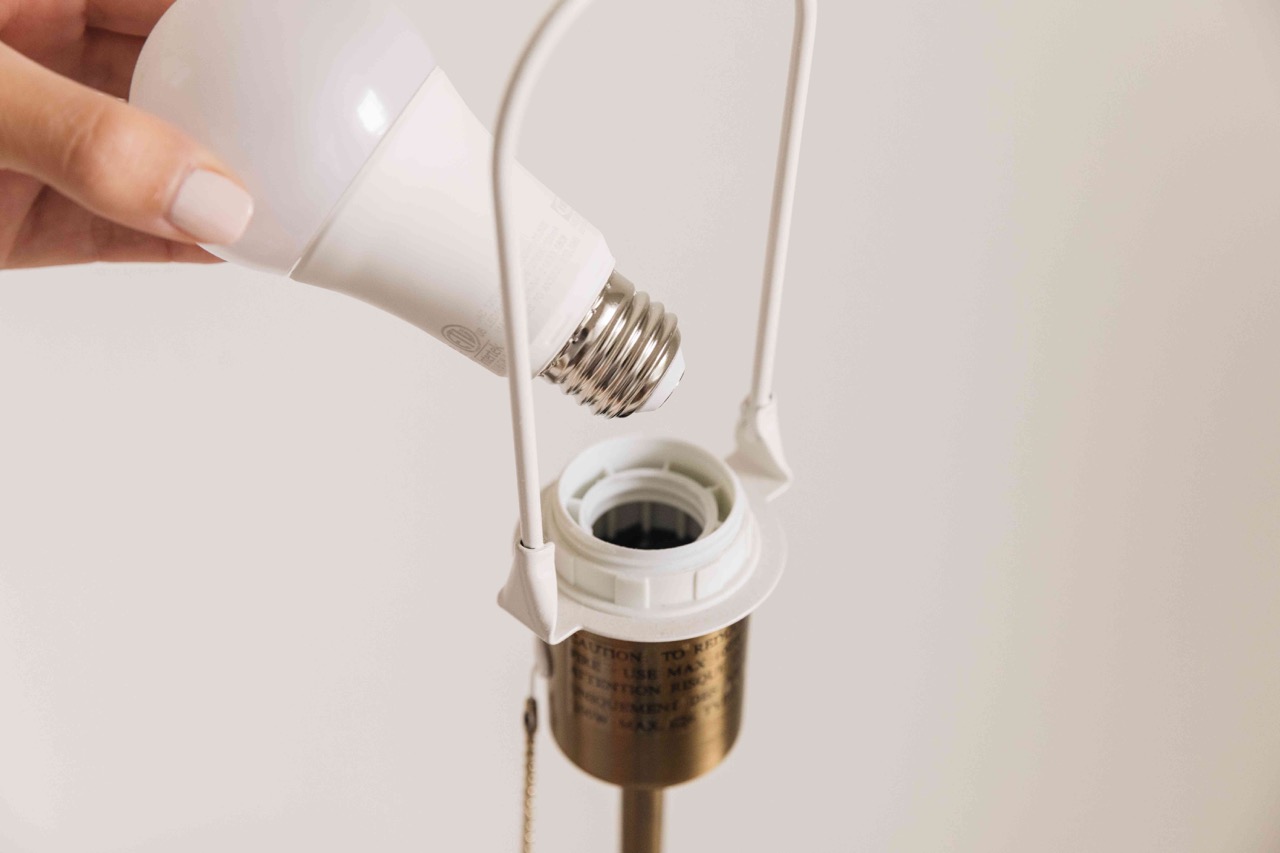
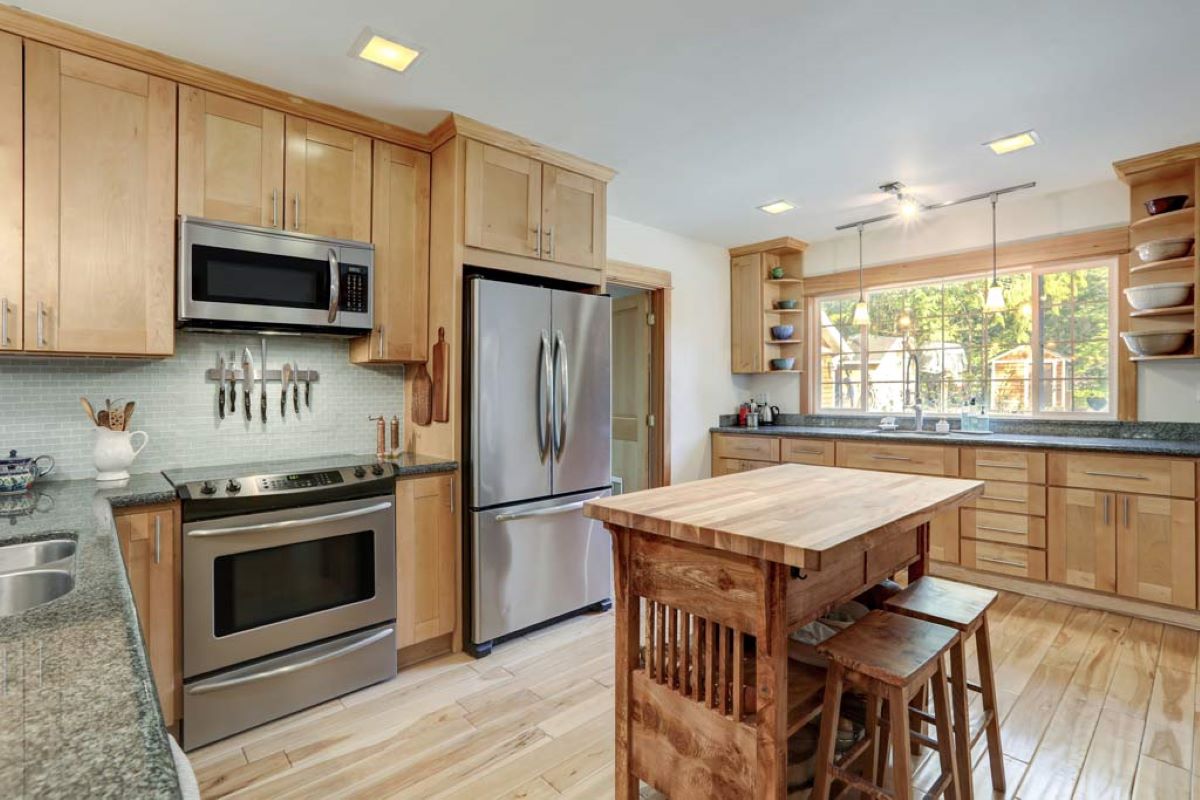

0 thoughts on “How Many Lights Should There Be In A Kitchen?”